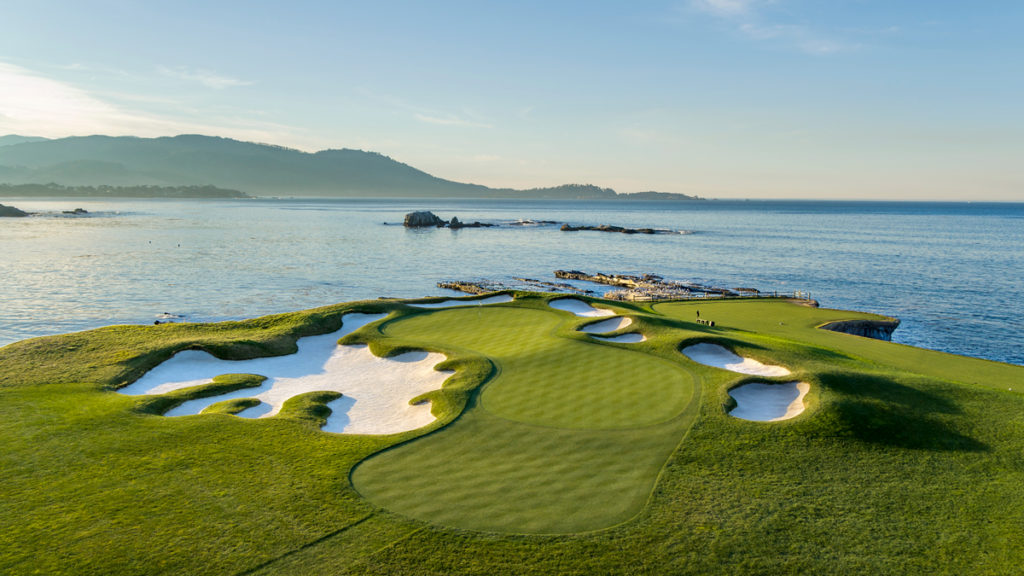Pebble Beach has been in the spotlight for many, many years and this week’s hosting of the US Open marks the 6th time America’s national championship has been played at the storied layout.
Past winners have included a number of golf’s elite players with Jack Nicklaus, Tom Watson and Tiger Woods leading the way.

Is the course worthy of the adulation? Does the architecture still resonate?
Over the many years Pebble Beach has gone through a series of upgrades and in certain instances, outright changes. Four architects, who are keenly aware of the course and its architecture, have been asked to weigh in with their assessments. Pebble Beach has been perennially rated among the ten finest courses in America and the 2019 US Open marks another moment in time when new memories will be created.
When you hear the words “Pebble Beach” what comes to mind immediately?
CURLEY: Home. It’s where I was raised, worked the courses, caddied, learned about architecture — got my “Golf 101” introduction course.
CHARLTON: Waves crashing on the rocky shoreline with great golf holes in the foreground.
FRY: One of the most special courses in the world.
LAYTON: The greatest and most iconic golf landscape in America.
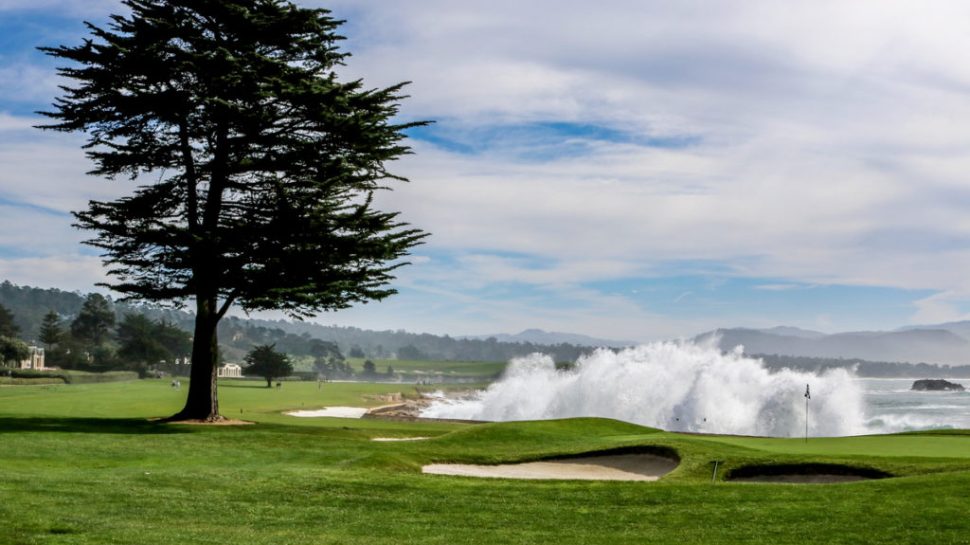
The USGA has come under fire for questionable course set-up decisions — the most recent being last year when several pin locations for Saturday’s 3rd round at Shinnecock Hills were placed too close to edges and steep slopes. If you were counseling the USGA what would advise they do with this year’s championship in mind?
LAYTON: Nicklaus, Watson, Kite, Woods, McDowell — If the pedigree and variety of US Open winners at Pebble Beach are a barometer, then the USGA has done a fine job in their stated goal of identifying the best players through their setup at Pebble Beach over the years. I particularly liked how firm the course played in 2010 when McDowell won.
FRY: I would go back to the old formula the USGA used for so many years. Tighten up the fairways, have penal rough and put a premium on accuracy & ball striking. Then let the pro’s go battle it out and let the best man that week hold up the trophy.
CURLEY: I am sure they have things under control but the obvious answer would be the greens, not just speed but firmness as they are incredibly small and without much run-up access, and, therefore, cannot accept those hard first bounces that Opens often see.
CHARLTON: I had the wonderful opportunity to be involved with Mike Davis and his team during the setup for the Open at Chambers Bay in 2015. The USGA is passionate about providing a stern, but fair test of the best players in the world during that given week. It has been my experience that the Open setup is designed to reward great play and provide appropriate difficulty for errant shots. I applaud these efforts and we certainly saw the cream rise to the top at Chambers Bay.
Often times the juxtaposition of the words “tough but fair” is cited as being the rationale for a US Open set-up. In your assessment — when does tough become excessive and when does fair become overly generous?
CHARLTON: Tough becomes excessive when there is absolutely no way for a player to extract themselves from trouble. Lose a shot by just getting the ball back into play. Yes, losing the ball not very far from the appropriate target area is too penal.
I think fair is highly dependent upon opinion. Golf, by the very nature of the game is often not fair. Inconsistency in the playing field and mother nature’s elements is what make golf such a great game. I am not sure I have seen the USGA be overly fair in recent years, but I do like the recent setups allowing players to gamble with driveable par-4’s and also bringing players imaginations to envision recovery shots — such as Tom Watson chipping in at the 17th at Pebble pops into my mind.
CURLEY: I like the tough concept for this event, and, as long as it is the same for everyone — I see no problem if some players get upset. The Open identifies great play and great character under duress. “Overly generous” probably just creates a larger field of play that can compete at the top and that could be a good thing for excitement. I’ll watch either way.
LAYTON: It’s too tough when great shots are not rewarded and it’s overly generous when poor shots have little or no downside. Sandy Tatum’s dictum of the USGA’s mission that “we’re not trying to humiliate the world’s best golfers; we’re trying to identify them” tidily encapsulates this idea.
FRY: Obviously what we witnessed last year at Shinnecock in the third round was excessive. The shaved many of the greens surrounds, expanded the greens to bring those areas more into play and put the pins right on the edges where balls that use to stop just off the green rolled far away into trouble. It got windy, firm and became unplayable in several places.
Fair becoming overly generous was witnessed at Erin Hills during the 2017 US Open. I was involved in the design of that course so I had a deep personal interest. Because of concerns that the wind would blow that week as it typical does and with the natural bold contours in the fairways that often play very firm the decision was made to keep wider fairways. Well we got soft conditions, very little wind and the course didn’t have much to defend itself. Hopefully we get another shot at a US Open at Erin Hills and can make adjustments to create a tougher test.
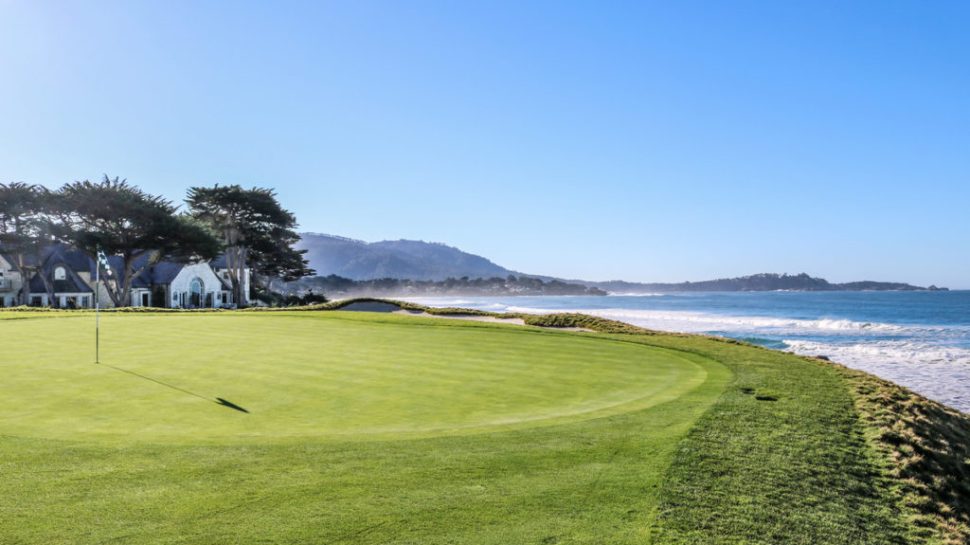
Given the fanfare Pebble Beach has attained — do you see the course being overrated, underrated or somewhere in between the two?
CHARLTON: I had dinner with noted golf journalist, Charles Price, years ago and he said about Pebble: “Put Pebble Beach in the middle of New Jersey and it is just another golf course.” However, I disagree. As a golf course architect, I strongly believe in golf holes evoking a “sense of place,” and Pebble is one of the best examples of embracing the setting of any golf course I can think of. Certainly not overrated — in my humble opinion.
FRY: I would say somewhere in between. Obviously it’s not underrated because it is always ranked in the Top 5 courses in the world by every magazine that has a ranking. I feel it is rated properly and that it is in fact one of the best courses in the world.
LAYTON: Two answers. For jaded industry insiders who’ve “played them all,” the course is overrated. For the passionate golfer who’s aspired to play Pebble Beach since they picked up the game, playing here for the first time is the pinnacle of their golfing career. How could it be anything else but underrated?
CURLEY: Admitted bias here but, underrated. Too often there is discussion about the “weak holes” because the best are so good, but I feel many are every bit as good as the weak holes at other prominent venues that do not get the same scrutiny.
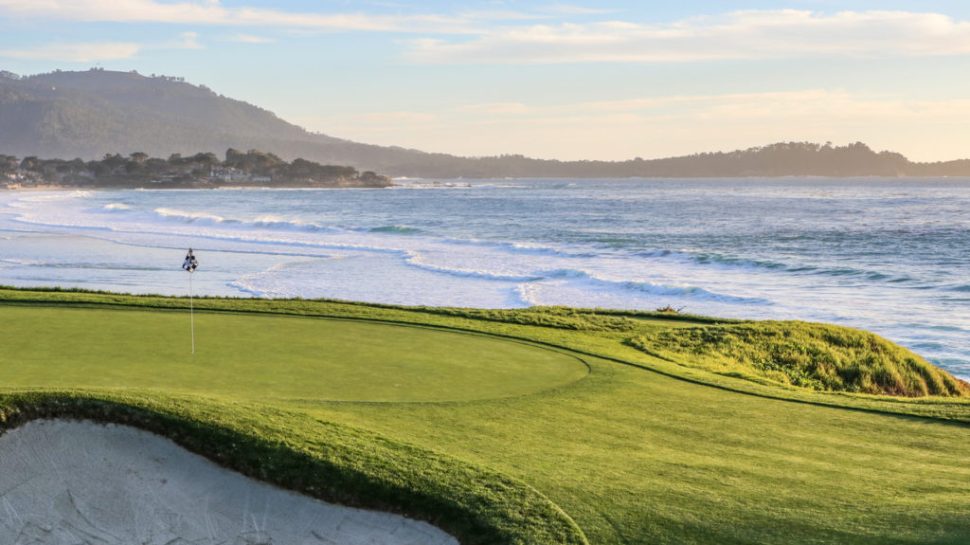
If you had to make one architectural improvement to Pebble Beach what would you do specifically?
CURLEY: Probably eliminate the cart paths. I remember the days when there were few and the exposed, treeless landforms took on a much different character without the crisscrossing of paths. I would prefer to see it treated like Cypress Point is with natural paths, driftwood “curb”, etc.
In regards to the routing — it’s too late to play the par-3 12th back downhill to a Carmel Bay backdrop and pull the 13th tee back to meet this new greensite! It is not the maintenance area with the best view in golf.
FRY: Restoring the course to the way it looked when it opened in 1929 would be interesting. In the old pictures you see of Pebble Beach it had rugged bunkers, fairways were wider and the greens were larger. Bringing that look back which has been done successfully at so many courses the last few decades would be the talk of the golf world but will never happen because the tee sheet is full and people are paying $500+ per round.
LAYTON: I’d route holes 9-13 in the opposite direction for more variety. My logic is that holes 4-10 have the Pacific on the right, holes 9 and 10 burn up half a mile of epic coastline but are almost identical in how they look and play, 11 is awkward slog up a steep hill and the 12th is the weakest par-3 on the course, and 13 is good but not great.
Alternatively, going inland after 8 to play 13 backwards yields a series of potentially better holes including a downhill par-4 with an infinity greensite. I’d also try to break up that half mile of beachfront into a 3, 4 and a 5 to have the ocean on the left before going inland again to play a shortened #14. It’ll never happen but it’s fun to imagine the possibilities!
CHARLTON: Lessen the dogleg on the 16th by moving the green further to the left and have the front of the green hug the ravine on slightly more of a diagonal.
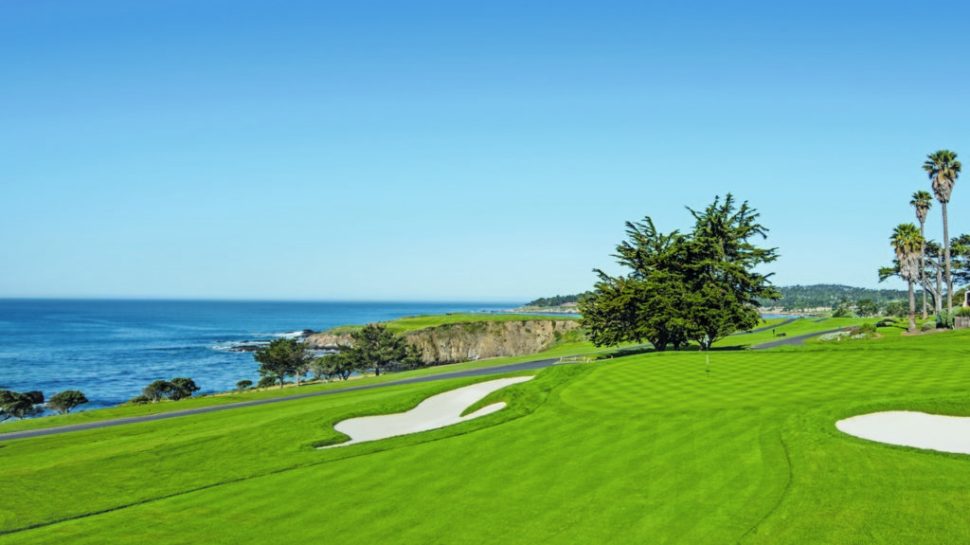
Favorite hole is what?
CURLEY: I Obvious favorite is the 18th — not only an iconic but a solid golf hole that still holds up today as a legitimate three-shot with substantial risk.
LAYTON: The 8th is the best second shot in golf, so I’ll go with that one as my favorite.
CHARLTON: The 18th. One of the prettiest and memorable finishing holes in golf.
FRY: Many people would say the 8th, but to me the tee shot being so blind stops it from being my favorite but the second shot is for sure the best shot on the course. For me the best hole is the 9th. A very long par-4 where the ocean runs the entire length of the right side of the hole. Fairway slopes dramatically towards the ocean and the green sits out on a bluff with a severe drop to the beach. Great tee shot and great second shot hole in an incredible setting.
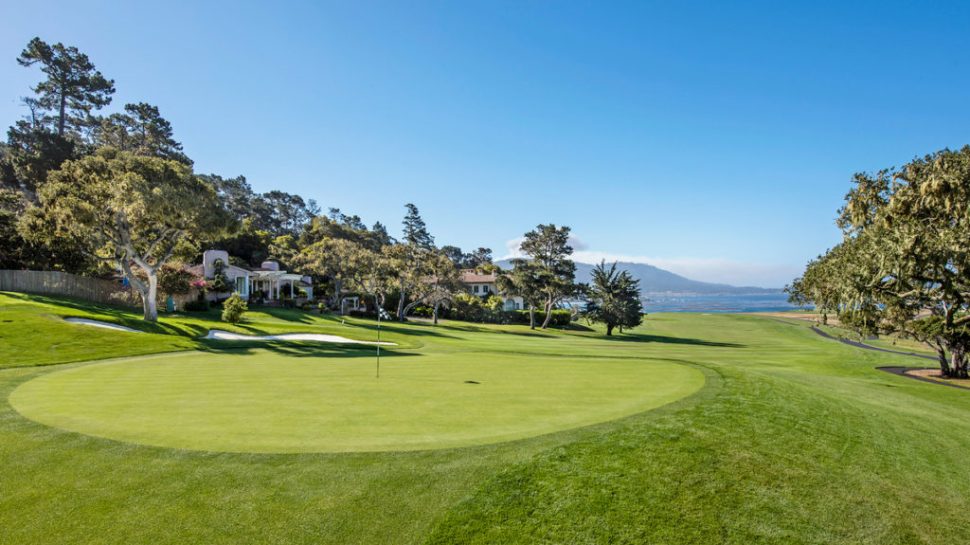
Least favorite hole is what?
CHARLTON: The 1st — gentle getaway hole with very simple strategy.
CURLEY: Least would be the 12th — the front bunker is rather penal for most everyday players attempting to get at the left lobe.
FRY: The 1st hole has always struck me as an average hole at best. A short hole by todays standards where most pro’s will use a fairway metal or long iron off the tee to stay in the fairway. From there most will be hitting a wedge to the slightly elevated green guarded on both sides by bunkers. In comparison to the other holes it lacks the visual drama that most holes at Pebble Beach have and certainly it is one of the easiest to play.
LAYTON: The 12th.
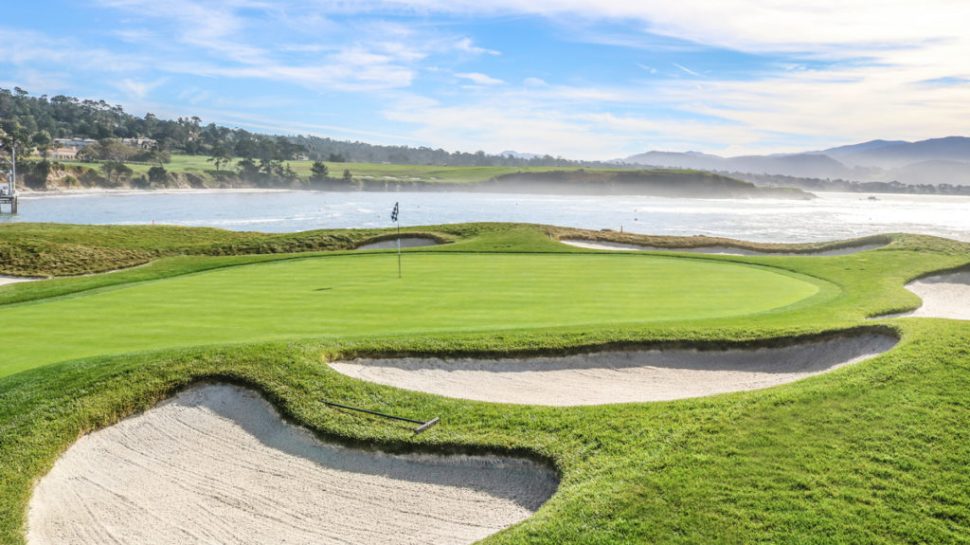
The USGA has made it a point to return to certain courses time after time. Name your top four venues in order of priority you would prefer to see the Open return at least once every ten years?
CHARLTON: I’d go with Oakmont, Shinnecock Hills, Pebble Beach and Chambers Bay — do you think I’m biased?
FRY: In order — Shinnecock Hills, Pebble Beach, Oakmont and Los Angeles CC.
CURLEY: For me it’s Pebble Beach, Shinnecock Hills, Pinehurst #2 and Oakmont.
LAYTON: Go with Pebble Beach, Shinnecock Hills, Merion and Oakmont. Although I’m really looking forward to seeing how Los Angeles CC stacks up in 2023.
Your favorite to win this year’s Open at Pebble Beach is who?
FRY: Rory McIlroy. Just think it’s his time.
LAYTON: Dustin Johnson.
CHARLTON: Zach Johnson — one of my best friends from high school back in Iowa is Zach’s uncle — purely an emotional pick!
CURLEY: Adam Scott.
***
THE PARTICIPANTS
Dana Fry
Fry Straka Global Golf Design
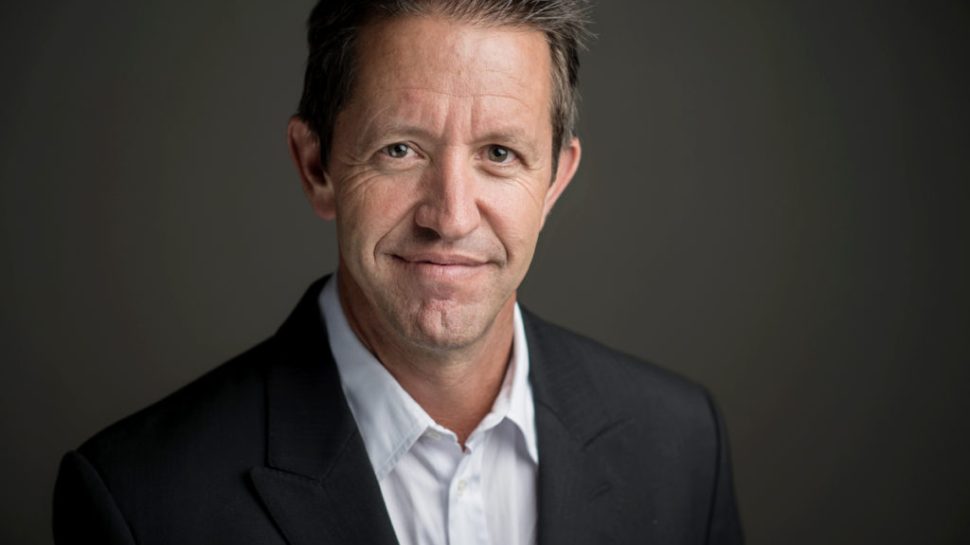
With a wealth of experience and expertise in golf course architecture, Dana Fry brings exceptional multidimensional talent and prowess to his métier. A background in formal training and artistic design talent forms the consummate mix of practical and aesthetic creativity Fry devotes to the worldwide endeavors of Fry/Straka Global Golf Design.
The many projects to which Fry has dedicated his design expertise have attracted renown and accolades,including Erin Hills Golf Course-site of the 2017 US Open, Devil’s Paintbrush, Calusa Pines Golf Club, Philadelphia Cricket Club, & Shelter Harbor Golf Club. Member of the ASGCA since 1992.
Thad Layton
Senior Golf Course Architect & VP Arnold Palmer Design Company
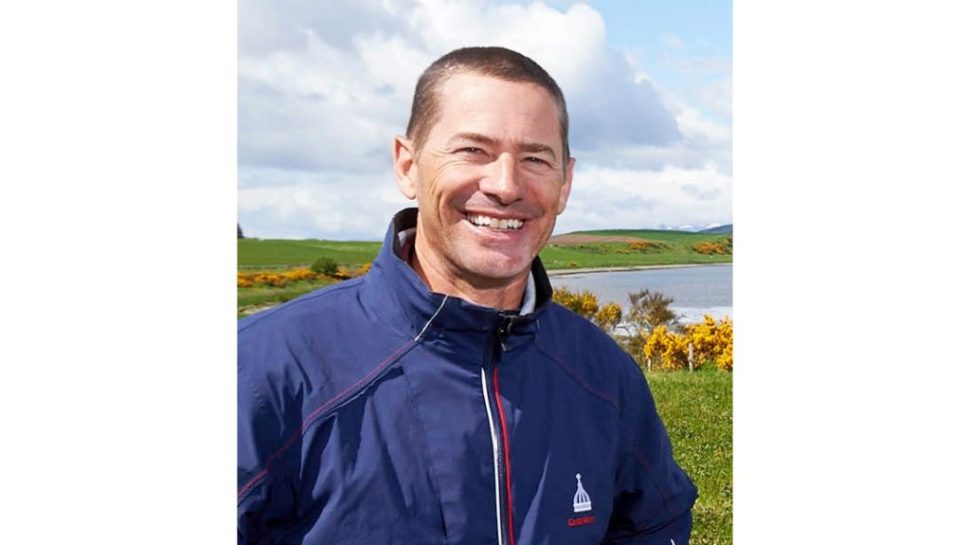
American Society of Golf Course Architects (ASGCA) Member, Registered Landscape Architect (CLARB/ASLA), Urban Land Institute Recreation Development Council Member, 2003 winner of the Alister Mackenzie Society Lido Prize.
Beginning in 2006, Thad worked under the direction of Arnold Palmer to make enhancements to the iconic Pebble Beach Golf Links leading up to the 2010 and 2019 US Opens.
Bruce Charlton
President / Chief Design Officer
Robert Trent Jones, II LLC
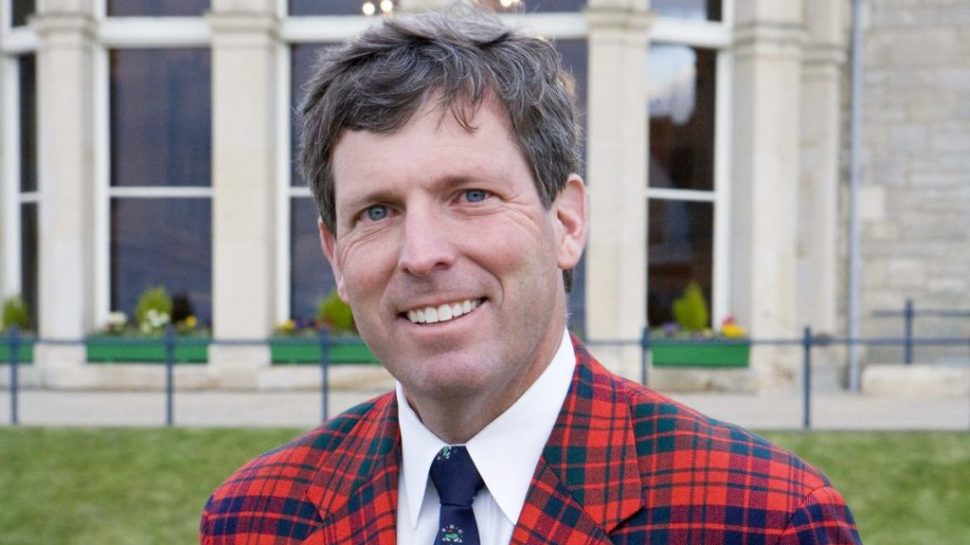
Grew up in Iowa, where he took up golf at an early age and enjoyed a fine amateur career. Before graduating from the University of Arizona with a Bachelor of Landscape Architecture degree, he served as an assistant golf course superintendent at Manchester (Iowa) CC.
Upon graduation, Bruce joined the design firm of Robert Trent Jones II, where he has developed a number of outstanding designs, including Southern Highlands Golf Club in Las Vegas; Thunderhawk Golf Club in Lake County, Ill.; Bro Hof Slott Golf Club, near Stockholm, Sweden; and Chambers Bay Golf Course, University Place, Wash — site of the 2015 US Open..He currently serves as President and Chief Design Officer of the firm. Bruce is a Past President of ASGCA.
Brian Curley
Principal
Schmidt-Curley Golf Design
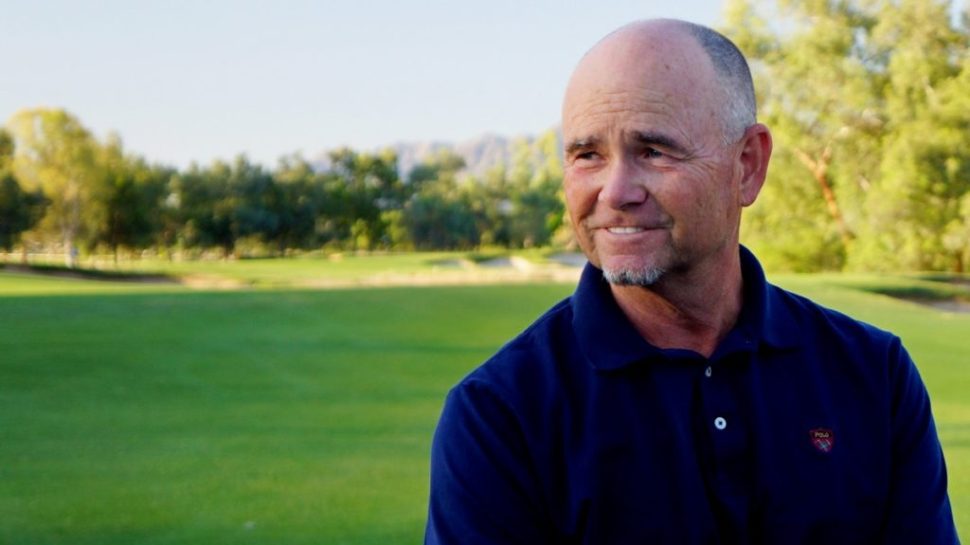
Was raised in Pebble Beach where, at a young age, he developed a deep appreciation for golf architecture while working and caddying the famed courses. He began his career working alongside Pete Dye and his future business partner Lee Schmidt with Landmark Land Company developing projects such as PGA West, La Quinta, and Kiawah Island. His partnership with Schmidt-Curley Design has produced over150 courses including all 22 courses at the acclaimed Mission Hills Resort in China. He remains very active across the globe, especially with current courses in Vietnam. A member of the ASGCA.
***
